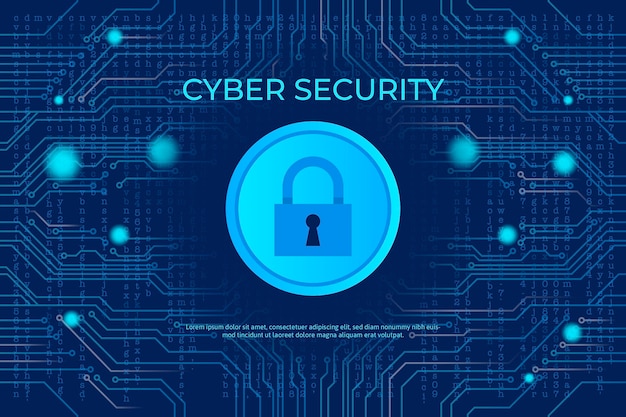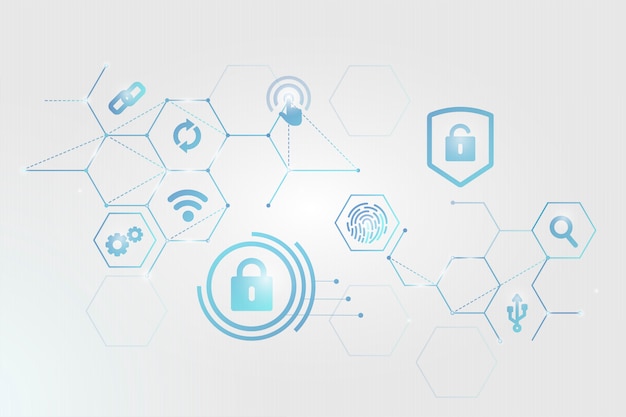Today, in the digital scenario, the understanding and practice of defense against these cyber threats are more imperative than ever. Cyber-attacks are ever-increasing, with growing sophistication, and hence everybody, from an individual to companies, needs to be vigilant and take proactive measures. Education plays a big part in the armament of people with the knowledge and skills that they have to be able to react against those threats.
Let’s determine the three most prominent cyber threats related to our scenarios, provide real-life examples, and address you in targeted training regarding the prevention of such attacks and improving the state of your cyber security:
- Phishing Attacks
One of the most pervasive and dangerous cyber threats is that of phishing attacks, in which a cybercriminal designs emails, messages, or websites deceptively in such a way that the receiving party is tricked into accidentally disclosing sensitive information, for instance, login details or financial information. Phishing most normally relates to the counterfeit creation on web pages that look considerably close to original web pages in terms of its display, yet are easily unnoticeable by their users.
It is in 2020 that phishing attacks were surged up due to the pandemic. Cybercriminals took advantage of this opportunity and started to send emails from credible companies like the World Health Organization. This involved malicious links or attachments set to expend on stealing one’s personal information, or deploy malware installations.
How Training Can Help:
- Phishing Awareness: These train users to easily suspect the traditional tell-tale signs from a phishing email—like how a sender address appears suspicious, or the composition is lousy, or how one is asked blatantly about sharing sensitive information. If awareness of these pointers will deprive all the probabilities from attacking, then hardly it will make someone a victim.
- Simulated Phishing Exercises: These can be included as a part of sensitization training in a controlled environment. By practical experience, further immunity is built, hence urging the user to withhold practice in recognizing and reporting phishing incidents.
- Safe E-mail Practices: The training involves guidelines on safe email practices, e.g., the users should always be doubtful for any e-mails and get it checked first, in person, for its authenticity before opening the attachments. Such requests can always be enforced after a proper authentic channel of communication with some other media making the risks very low.
2. Ransomware Attacks
Ransomware denotes malware that encrypts all information it finds on a victim’s computer. Anything at its disposal is rendered inoperative until a ransom is paid to the attacker. It is really debilitating when it happens to a firm, and the impacts are basically financial, operational, or at the level of the firm’s reputation.
A case in point is the instance of the 2017 WannaCry ransomware attack, which brought down over 200,000 computers in 150 countries in one single stroke; even important concerns like the UK’s National Health Service faced its toll. Ransomware leveraged the identified vulnerability in Windows to demand Bitcoin payments and decrypt the locked files. The rampage was a course of chaos in health service operations.
How Training Can Help:
- Understanding Ransomware Mechanisms: How ransomware spreads can also be made known to the user. Common spreading vectors could be in the form of malicious attachments or compromised websites. People would know better and, therefore, choose what to do themselves, perceiving the threat pre-invasion.
- Data Backup: Training embedded in the backup solution to turn it into an easy-to-implement, frequent procedure. Regular and secure data backups thus would serve to mitigate the effect of attack, as the data can always be retrieved, without ever needing to pay a ransom.
- Response Incident Plans: Good training will undoubtedly include the creation of incident response plans and exercises to be undertaken in the case of a ransomware attack—exercises which include, but are not limited to, the isolation of affected systems, communication of such an incident to IT teams, and overall stakeholder communication. Good preparation enables any organization to respond with speed and effectiveness, such that damage may be minimal. 3. Insider Threats
Insider threats refer to malicious, or sometimes careless, activities by organizational insiders granted access to organizational systems and data, such as employees, contractors, and business partners—all out to make a fortune out of it, along with the negligently acting ones who are, therefore, threats.
In the year 2013, Edward Snowden, a contract worker of the NSA and a U.S. national, leaked classified relevant information from U.S. government surveillance programs. Snowden apparently made raw data extractions into his own data store and then later leaked very huge volumes of sensitive data, an incident damaging to the security of the state and public trust issues. His act brought obvious risks from insider threats and underlined the needs for monitoring and access management.
How Training Helps:
- Identification of Indicators: Training should be able to sensitize employees about the behavioral red flags that employee concerns/could present potential insider threats—deviant access/usage patterns and performance in executing or completing work. This first calls for the organization to know those signs, to be alert to them, and, hopefully, to be proactive in dealing with any risk.
- Strict Access Control: Monitoring can be done through educating the requirement on the usage of access controls. Employees should have access to only data that is required; this in turn will reduce the risk sample typically associated with insider threats. Reviews and necessary permission changes should be periodic.
- Promoting a Security Culture: Organizational building of security awareness culture is what will, in essence, mitigate incidents of an insider threat. Training programs aim to develop an environment where the employees understand the importance of safeguarding sensitive information and will be comfortable with reporting suspicious behavior or potential security issues.
Cyber threats are on the rise and pose the greatest risk to those in the digital environment currently. These cyber threats include phishing, ransomware, insider threats, among many others of greater significance to any individual or any organization. The weight that comes with these threats with real-life examples display their implications, which bring forth the need for effective preventive measures. When that happens, training becomes most all essential. It educates people on efforts such as the detection of phishing; how ransomware works; and the dangers of insider threats.
Training programs equip people and organizations with the most proficient knowledge possible to educate for the protection of their asset. In a broad program of training for cybersecurity, some other pointers include simulated attacks against a team, safe user practices, and the endorsement of a security-conscious culture. Cyber threats are changing and changing overtime, but taking the right education and training will go a long way toward toughening your abilities in prevention and reaction to attacks.




